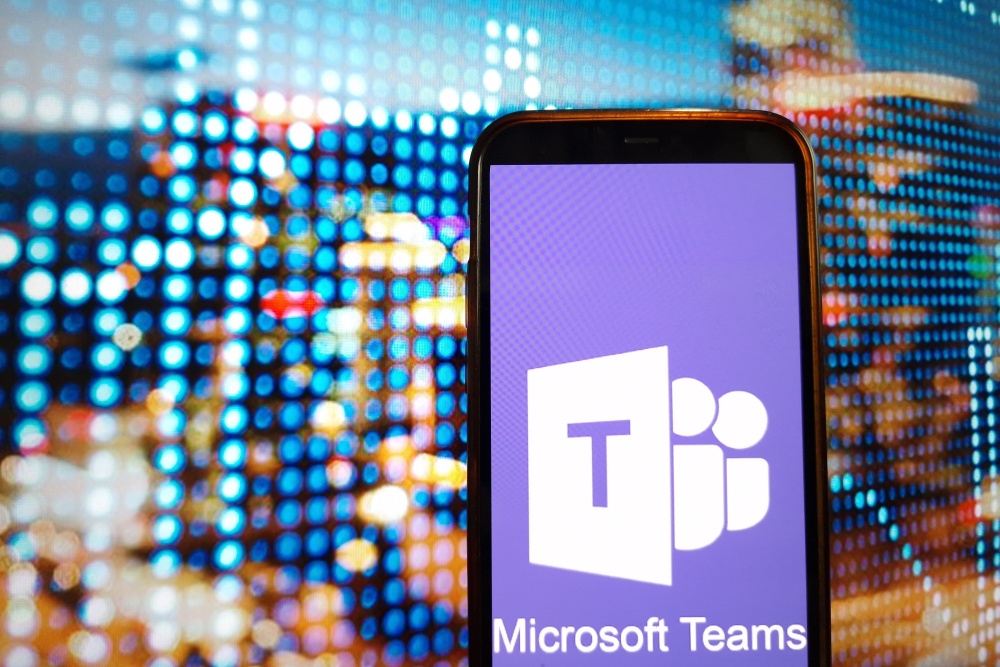I will admit it: I am a bit conflicted. I want to tell you about Migration Manager, a tool from Microsoft that makes it easy to migrate files to SharePoint Online/OneDrive for Business. (We will just call it SharePoint/OneDrive going forward for simplicity’s sake.)
Why the conflict? Because this Migration Manager tool might replace tools we currently use—and charge our customers for—to accomplish these file migrations. I have always held that being straight with customers is the best policy. So, on that basis, I am going to tell you about Migration Manager. After all, just because you could use the tool to perform file migrations, it does not mean you want to do this yourself.
Why File Migrations are Hard
Before I describe how Migration Manager works, let me state what may be obvious to you: file migrations are hard. Certainly, they are harder to manage than email migrations. After all, with email everything is in one folder and belongs to one user. Even if the user has an ungodly sub-folder structure (we did migrate a user once whose folder structure was so complicated, it broke our tool), everything is still under the same top-level folder.
So, what is different with file migrations? A couple of things.
- Users have more liberty to create folders all over a file share. The one user-one folder rule we see in email often does not apply here.
- Discovering the “breadcrumbs” that reveal all the places a user has stored files has not been an easy thing to do. It has required Admins to spend time “poking around” files and folders.
- As well, there is the question of how to map the source file/folder structure to the destination file/folder structure. I often hear customers express a desire to clean up the destination file/folder structure, but that leads to the question of what that simplified structure should be. Have you heard my analogy about the choice to clean out the garage before you move or just move it as is?
Take these considerations and add in this variable: cloud-based storage and sharing solutions. I often hear that IT folks are not sure they know who has set up their own Box, Dropbox, Google Drive, or other accounts. The Migration Manager won’t help you find these “shadow IT” accounts (Conditional Access can help here). But Migration Manager can at least help you “crawl” organizational cloud storage accounts to discover what is there.
Migration Manager Does the Heavy Lifting
I like the fact that Migration Manager can do the heavy lifting for you in a file migration. Migration Manager will conduct “discovery,” finding files and folders for each user. Next, Migration Manager will suggest the target destinations and identities for the migration. Once these are set, you run the tool and the migration proceeds.
It is important to get everything in order before you start the migration process. For instance, if you plan to migrate files to OneDrive, you will want to provision the OneDrive accounts ahead of time. Same for users and groups. You may need to create multiple Migration Manager agents and virtual machines to “load balance” the total file migration.
Get Your Content in the Cloud You Choose
Migration Manager can be used to migrate files from these sources:
- Box
- Dropbox
- Google Workspace
- Your file server
- Your SharePoint server
There is a related tool to Migration Manager, called Mover, that works to accomplish cloud-to-cloud file migrations. It works in a similar manner: set your source, set your destination, initiate the move. Mover supports migrations from these sources:
- Egnyte
- Office 365
- Azure Blob Storage
- Amazon S3
- Google Cloud Storage
- G Suite Drive
Some organizations are committed to Box, Google Cloud Storage, Amazon S3, Egnyte, etc. If you fall in this camp, awesome. Keep doing what you are doing.
Other organizations are trying to get a lasso around all the cloud storage accounts in use. If that sounds like you, Migration Manager can help.
Finally, I am seeing some organizations who have changed their cloud storage approach after using Teams. These organizations see the benefit that integration of file storage, chat, and Teams channels provide and like that integration over what they get with a third-party service like Dropbox. Migration Manager can certainly help this group as well.
I have not used Migration Manager yet, so I may have other comments once I see the tool in action. If Migration Manager delivers what it promises, it could be a game-changer when it comes to getting your content where you want. If you have used Migration Manager, I would love to hear about your experience. Let me know!





0 Comments